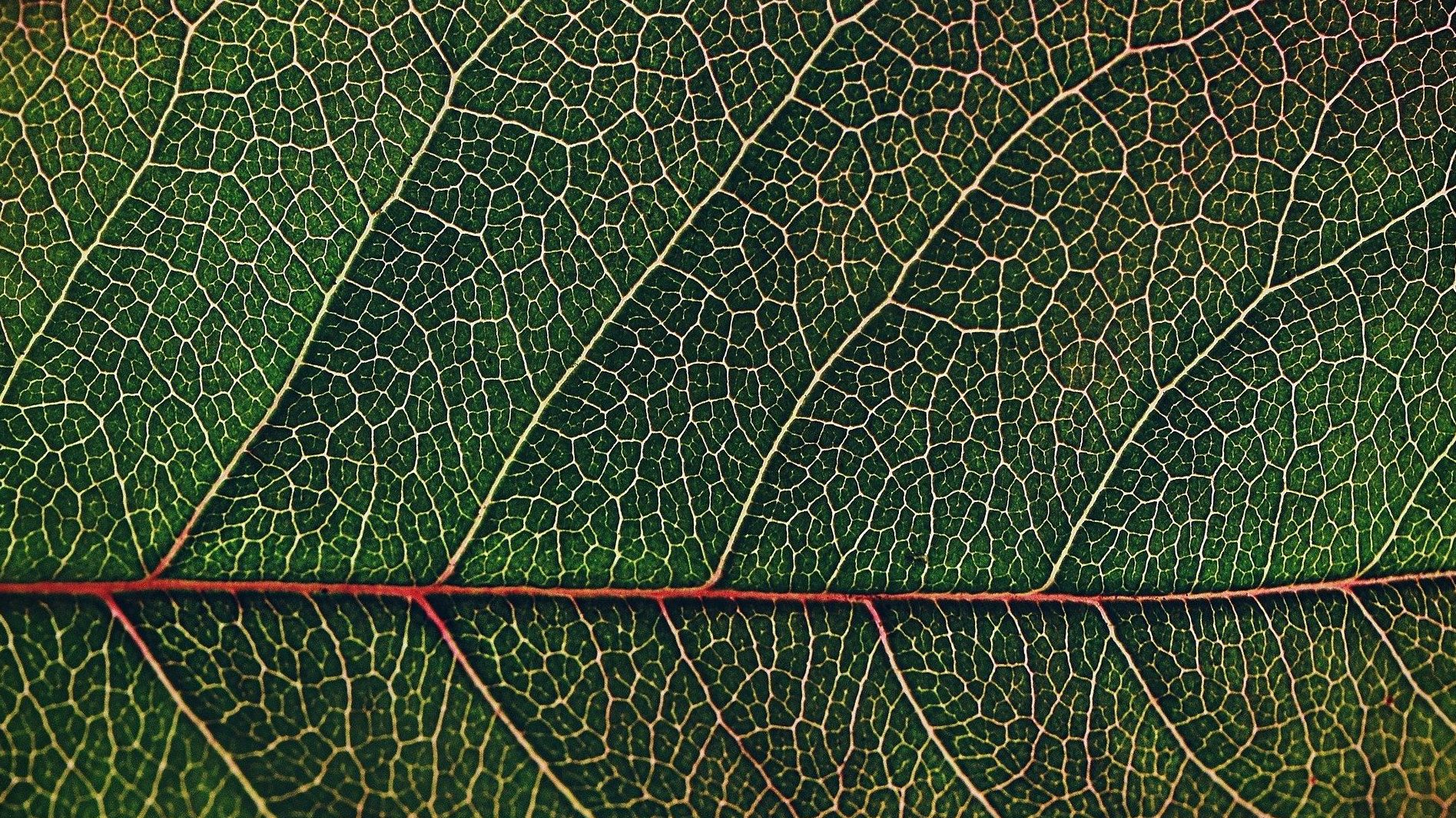Post written by Sierra Tamkun, Learning Experiences Manager.
Daily Discovery: You’re an Engineer!
There are lots of different types of engineers, but their skills come from four key areas: chemical, civil, electrical, and mechanical engineering.
Chemical engineers use chemistry to solve problems! They help make food, medicine, fuel, and clean water.
Civil engineers keep cities and towns safe for people. They build bridges, buildings, systems that bring clean water to your home, and more!
Electrical engineers make things that use or make electricity. If it lights up or turns on, an electrical engineer made it.
Mechanical engineers build machines. If it moves, a mechanical engineer created it!
Many engineers use skills from more than one area; an aeronautical engineer works on rockets and planes (mechanical), the controls inside (electrical), and sometimes the chemicals used in different reactions (chemical). Explore the different ways chemical, civil, electrical, and mechanical engineering can be used, and find out what kind of engineer you are!
Supplies:
- Paper
- Colored pencils or markers
- Engineer worksheet (attached)
- You Are an Engineer slides – online here
Instructions:
- Print off the attached worksheet, or use it as a guide to draw your own engineering grid!
- Follow the link above and look through the different activity slides! Answer the question on the front of each slide, and turn to the next page. You can read more about different types of engineers, what they do, and what questions they need to ask in their work. If needed, ask an adult to help you!
- Now that you’re looking through the activity slides, it’s time to fill out your worksheet! If you answer yes to a question on a slide, give yourself a point for each checked engineering box by coloring in a square above the corresponding branch of engineering on your worksheet.
- When you’ve read all the slides, count up your points on your worksheet. This tells you what type of engineer you are most like! Are you most like a civil engineer, mechanical engineer, chemical engineer, or electrical engineer?
- On the back of your worksheet, use the activity slides for inspiration and draw the type of engineer you are! What tools do you need? Where do you work? What engineering projects are you working on?
Want to download these directions? Click here for a handy PDF!
Follow along with our Daily Discovery! Click here for all activities that you can do at home.











